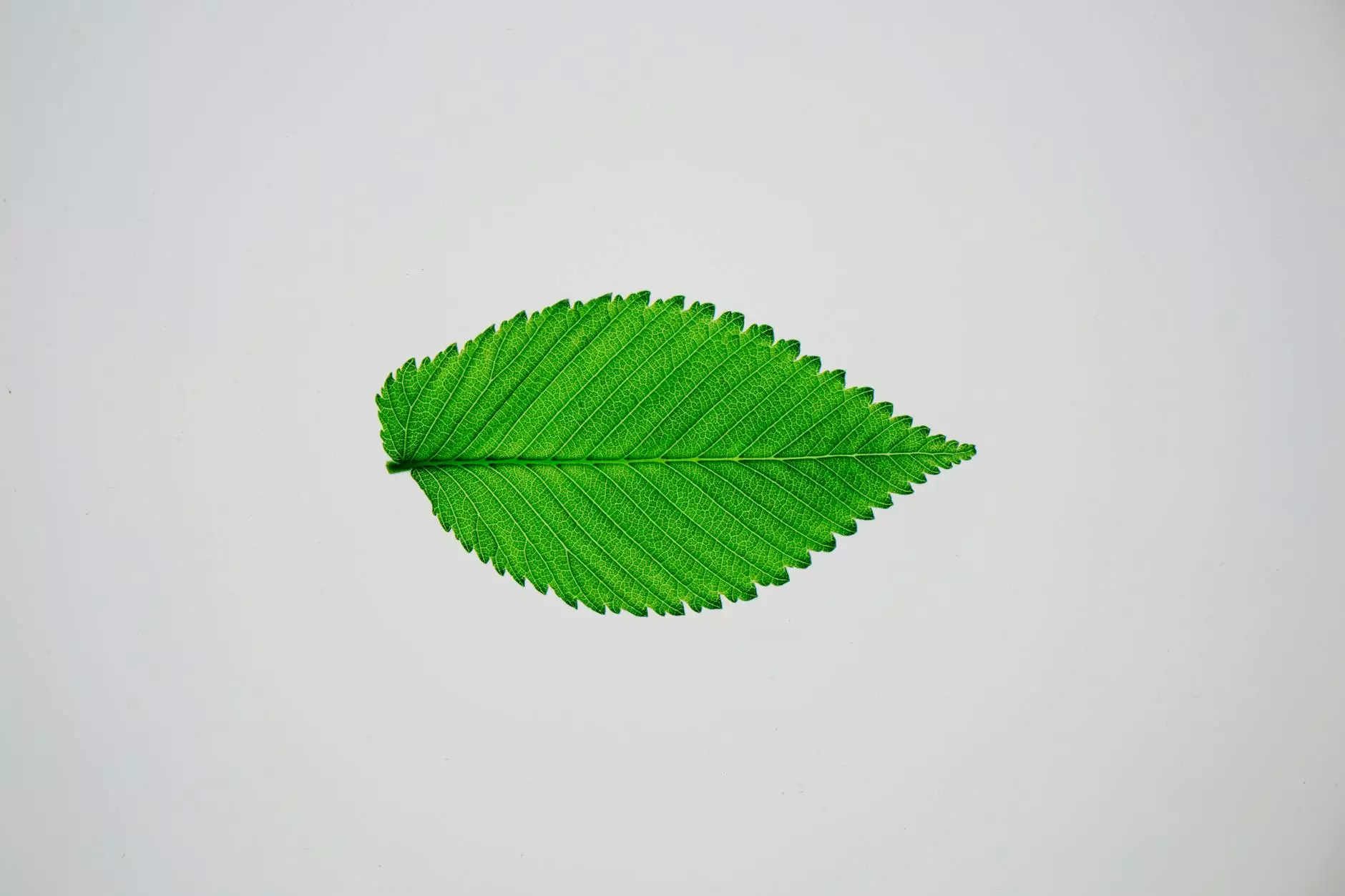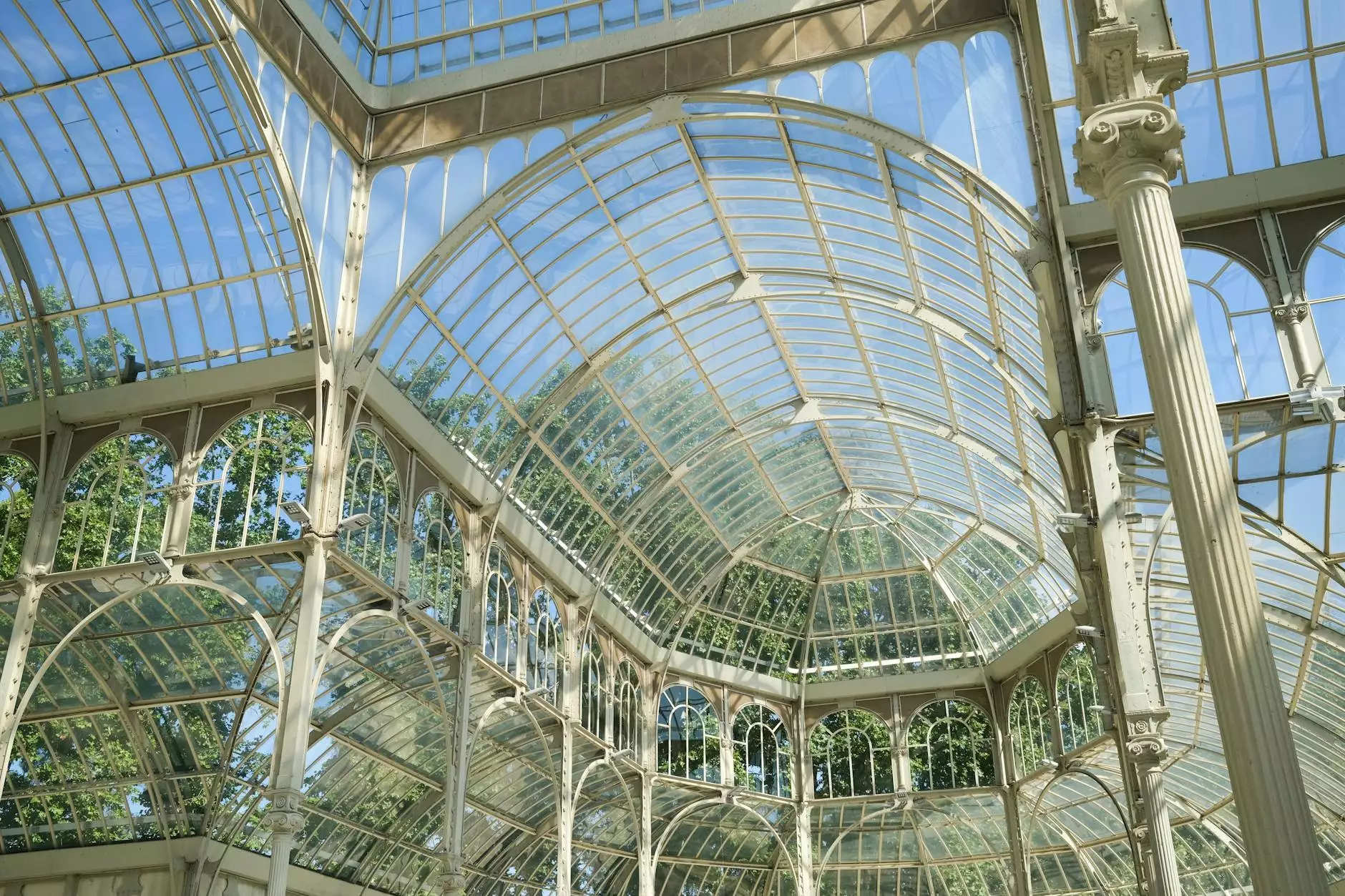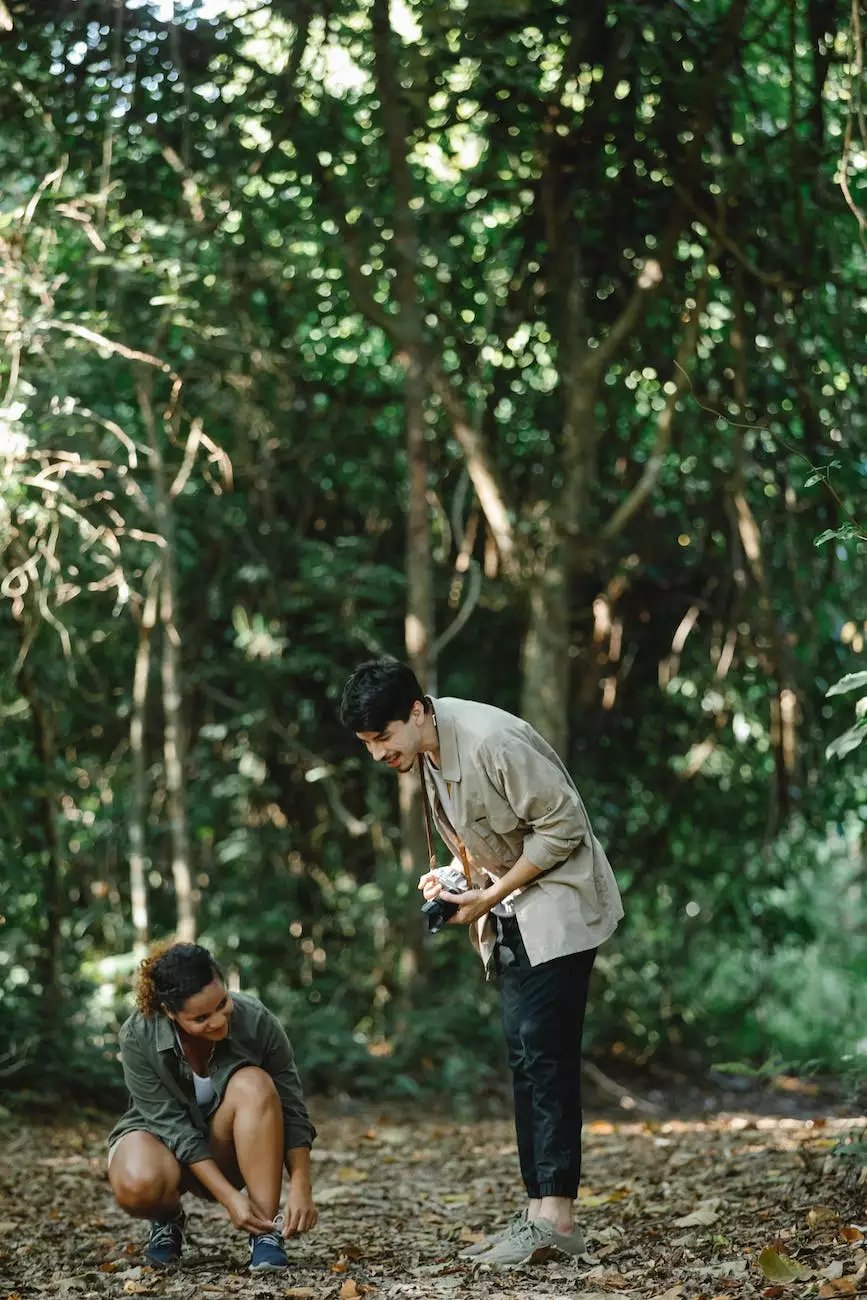Feature Foliage: Lacebark Elm (Ulmus parvifolia)
Services
Welcome to Kodiak Tree Experts, your go-to destination for exceptional tree expertise and services in the Business and Consumer Services industry. In this feature, we are thrilled to present to you the magnificence of the Lacebark Elm (Ulmus parvifolia), a truly captivating tree renowned for its exceptional foliage. Join us as we explore the various aspects that make this tree a prized addition to any landscape.
What is the Lacebark Elm?
The Lacebark Elm, scientifically known as Ulmus parvifolia, is a deciduous tree native to China, Japan, and North Korea. Known for its resilience and versatility, this species has gained popularity worldwide as an excellent choice for landscaping and ornamental purposes. With its distinctive features and adaptability, the Lacebark Elm has become a favorite among both homeowners and professional landscapers.
Characteristics and Features
One of the most remarkable features of the Lacebark Elm is its unique bark, which is known for its striking mosaic-like pattern. As the tree matures, the bark begins to peel away, revealing a patchwork of colors, including shades of gray, green, orange, and brown. This stunning display of bark adds an artistic touch to any landscape, making it a captivating focal point.
Additionally, the Lacebark Elm exhibits a vase-shaped growth habit with arching branches that spread elegantly. It can reach an average height of 40 to 50 feet, making it ideal for medium to large-sized gardens. The tree's elliptical dark green leaves create a lush canopy during the warmer months, providing ample shade and visual appeal.
Benefits and Uses
The Lacebark Elm offers numerous benefits and is highly valued for its wide range of uses. Here are a few compelling reasons why you should consider incorporating this magnificent tree into your landscape:
1. Aesthetics:
With its stunning bark and graceful shape, the Lacebark Elm adds unparalleled visual interest to any outdoor space. Whether used as a standalone specimen tree or as part of a larger landscape design, this tree is sure to capture attention and create a sense of beauty and tranquility.
2. Adaptability:
This tree is known for its high tolerance to various soil conditions, including clay and moist soils. It can also withstand a variety of climates, from hot and dry to cold and humid, making it an excellent choice for a wide range of geographic locations.
3. Shade and Cooling Effect:
The Lacebark Elm's dense foliage provides ample shade during the summer months, helping to create a cooler microclimate in your outdoor living space. By strategically placing this tree near your home, you can reduce energy consumption and enjoy a more comfortable environment.
4. Wildlife Habitat:
The Lacebark Elm attracts various wildlife, including birds and butterflies, thanks to its abundant foliage and seeds. Adding this tree to your landscape can help create a vibrant ecosystem and support local biodiversity.
5. Low Maintenance:
For those seeking a low-maintenance tree, the Lacebark Elm is an excellent choice. It requires minimal pruning, is resistant to many pests and diseases, and can tolerate periods of drought once established.
Growing and Care Tips
If you are considering adding a Lacebark Elm to your landscape, here are some essential tips to ensure its healthy growth and longevity:
1. Planting:
Choose a location that provides full sun or partial shade and well-draining soil. Dig a hole twice as wide and deep as the root ball, gently place the tree in the hole, and backfill with soil. Water thoroughly and mulch around the base to retain moisture.
2. Watering:
While the Lacebark Elm is tolerant of drought conditions, regular watering, especially during its early years, promotes optimal growth. Aim to provide deep, consistent watering to encourage a deep root system.
3. Pruning:
Prune the tree during the dormant season to remove dead or diseased branches and enhance its natural shape. Avoid heavy pruning, as it may disrupt the tree's graceful form.
4. Fertilization:
Apply a balanced slow-release fertilizer in the spring to provide essential nutrients for healthy growth. Follow the manufacturer's instructions for proper dosage and application.
5. Pest and Disease Management:
The Lacebark Elm is generally resistant to pests and diseases. However, routine inspections and proper cultural practices, such as proper watering and adequate spacing, can help prevent issues and maintain the tree's health.
In conclusion, the Lacebark Elm (Ulmus parvifolia) is a visually stunning tree that offers an array of benefits for any landscape. Its unique bark, graceful form, and adaptability make it a prized choice for homeowners, businesses, and professional landscapers alike. Trust Kodiak Tree Experts for all your tree care needs, as our team of experts is committed to delivering exceptional services and expertise to ensure the well-being and beauty of your outdoor spaces. Contact us today to learn more about our services and how we can assist you with your tree-related endeavors.




